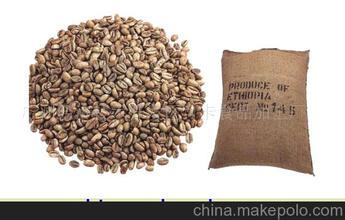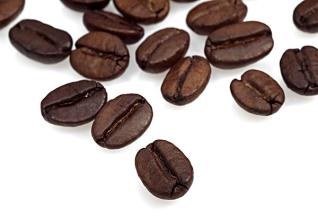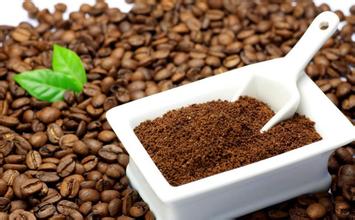Description of taste and flavor of coffee beans treated by sun and water washing introduction to the origin of grinding scale varieties
Description of taste and flavor of coffee beans treated by sun and water washing introduction to the origin of grinding scale varieties
The peel, pulp and mucous membrane are removed by washing and fermentation. farms that use the washing method must build washing ponds and be able to introduce an endless supply of live water. During the treatment, the finished beans are put into the pool and passed back and forth, using the friction of beans and the power of running water to wash the coffee beans until smooth and clean. After washing, at this time, the coffee beans are still wrapped in the pericarp with a moisture content of 50%. They must be dried to reduce the moisture content to 12%, otherwise they will continue to be mellow, moldy and rotten. The better treatment is to use sunlight to dry, although it takes 1 ~ 3 weeks, but it has a very good flavor and is very popular.
Water content
The water content of washed coffee is 12% 13%, while that of dry coffee is 11% 12%. General coffee beans show different colors due to their different water content, with higher water content being green or cyan, and less brown or near white. Therefore, the washed coffee beans show a darker green.
How to tell whether coffee beans are insolated or washed?
Is the silver skin in good condition?
In the process of processing, the washing method usually removes the silver skin from the coffee beans, showing a special luster, but the law of drying and refinement only takes off the coffee shell, and the silver skin is still intact.
How to tell whether coffee beans are insolated or washed?
Baking degree
Different processing methods use different degrees of baking, the effect is also different. In general, if the water-washed coffee beans have not been deeply roasted, the residual silver skin of the central line still exists. Although the silver skins of dry coffee beans are intact during processing, they are all gone after baking. The deeper the roasting, the darker the coffee beans.

Important Notice :
前街咖啡 FrontStreet Coffee has moved to new addredd:
FrontStreet Coffee Address: 315,Donghua East Road,GuangZhou
Tel:020 38364473
- Prev

Introduction to the production area of medium-roasted and deep-roasted coffee beans by taste treatment
Description of the degree of flavor of medium-roasted and deep-roasted coffee beans the area where roasting is introduced, as the name implies, is to provide heat to coffee beans, causing a series of chemical changes inside. First of all, the starch in raw beans will be converted into sugars and acids because of high temperature, while substances such as cellulose will be carbonized differently. Water and carbon dioxide will evaporate, and protein will be converted into
- Next

Characteristics and Flavor Story of Sumatra Coffee beans in Indonesia
Flavor description of Indonesian Sumatra coffee beans A total of 29 beans are produced in the Sunda Hejo processing plant in Indonesia, of which only two are treated by the traditional wet planing method. A large part of these 29 beans are treated by Costa Rican processing technology. For varieties planted by cooperatives, various advanced treatment methods are adopted: finer control of each ring of full washing
Related
- Guji coffee producing area of Guji, Ethiopia: Humbela, Shakiso, Wulaga
- What is the most expensive variety of Qiloso in BOP multi-variety group?
- How to store the coffee beans bought home?
- Why are Yemeni coffee beans so rare now?
- Ethiopian Sidamo all Red Fruit Sun Sun Santa Vini Coffee beans
- SOE is mostly sour? What does it mean? Is it a single bean? what's the difference between it and Italian blending?
- Is Italian coffee beans suitable for making hand-brewed coffee?
- How to choose coffee beans when making cold coffee? What kind of coffee beans are suitable for making cold coffee?
- Just entered the pit to make coffee, what kind of coffee beans should be chosen?
- Can only Japan buy real Blue Mountain Coffee? What are authentic Jamaican Blue Mountain coffee beans?

